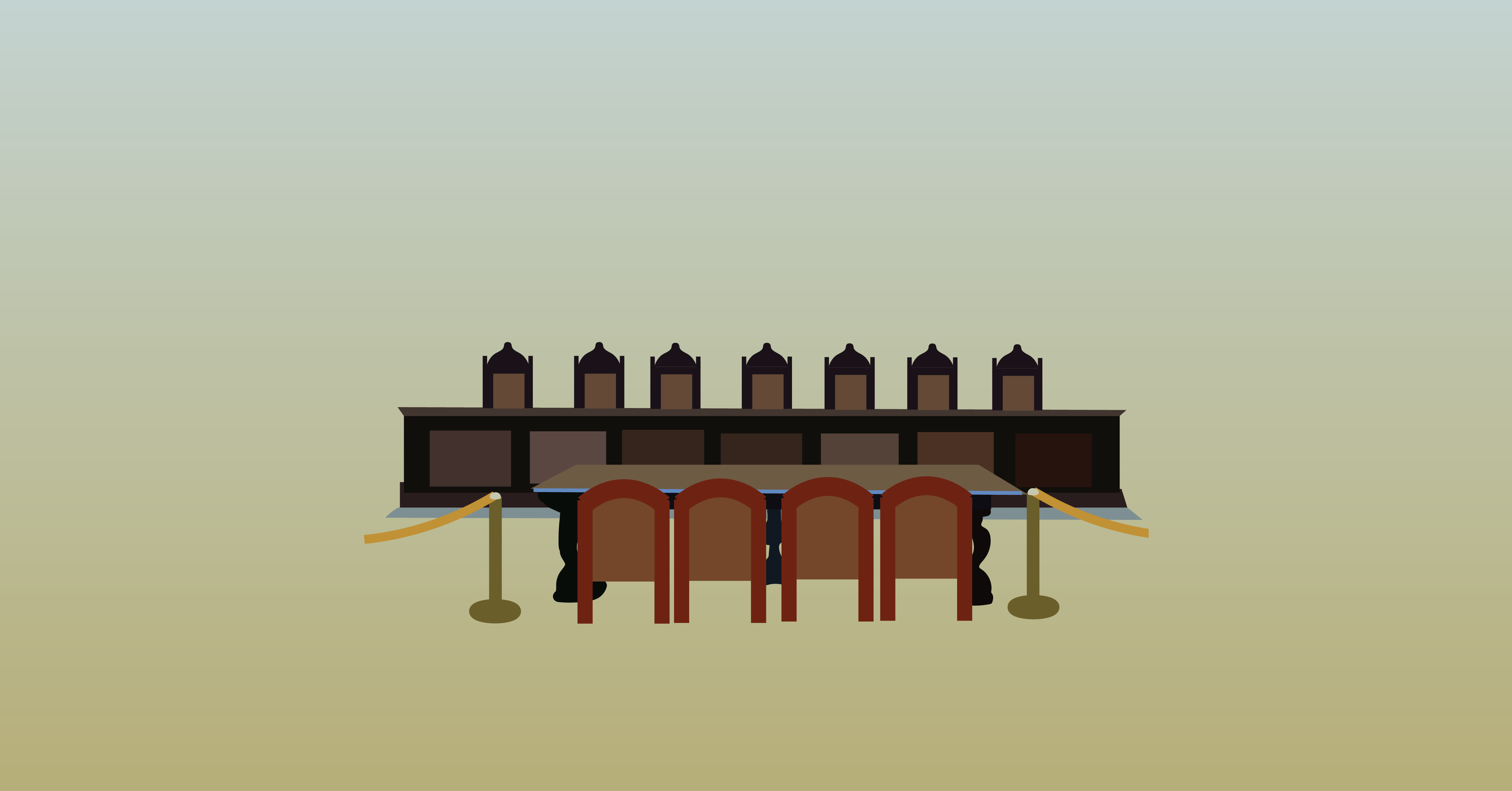WI Supreme Court Rules Against Majority of Wisconsinites
By: Irene Bugge
On November 30, a divided Wisconsin Supreme Court announced that they would use a “least change” approach to drawing new voting district boundaries. While over 70% of Wisconsinites have made it clear that they value nonpartisan fairness in map drawing, the court voted to keep as much as possible of the 2011 heavily gerrymandered maps.
This decision would cement, for the next decade, the partisan advantage that has existed for the last ten years. The Court hasn’t adopted maps yet, so there still is time to make improvements around the edges, but this decision makes it clear they don’t want to hear arguments about fairness.
Calling out the court’s decision as partisan was swift. Sachin Chheda, director of the Fair Elections Project said, “The majority of the State Supreme Court has once again demonstrated its loyalty is to the Republican Party, not the laws of Wisconsin.”
Was the court’s decision influenced by politics? Consider the following.
First, the State Supreme Court’s decision to take this case was highly unusual. In fact, this was the first time in over 50 years that the Wisconsin Supreme Court was willing to draw new voting district maps. Historically, federal courts, not state courts, with elected judges, have resolved redistricting issues. Federal courts have more experience with redistricting matters, and because federal judges are appointed for life, they are perceived to be more impartial. Why did the court take this case?
Second, the Wisconsin Supreme Court’s decision to use a “least change” approach is also atypical. In fact, the Wisconsin State Constitution says that the legislature is to begin “anew” with maps every ten years, not use the previous map as a template for the new map. The “least change” approach is neither a constitutional requirement nor a traditional redistricting criterion.
Well-established neutral criteria for drawing voting district maps do exist, yet the court put its approach above the constitutional requirements of compactness and contiguity. Why prioritize an unconventional criterion?
Third, the court decided that it would not consider the criterion of partisan fairness to evaluate redistricting maps. Supreme Court Justice Rebecca Bradley, who wrote the majority opinion, said that solving partisan gerrymandering was a political problem, not one for the courts.
However, Justice Bradley failed to explain how correcting this partisan overreach might be possible. Although 56 out of 72 counties in Wisconsin passed resolutions or referendums in support of fair maps, the majority party in the Legislature ignored them. Normally when the political branches go too far the courts are there to check those abuses. Why not this time?
Justice Rebecca Dallet in her dissent concluded that the decision to not consider the criterion of partisan fairness was effectively a political act.
“First, the majority adopts 2011’s ‘sharply partisan’ maps as the template for its ‘least-change’ approach,” Dallet writes. “And second, it effectively insulates future maps from being challenged as extreme partisan gerrymanders. The upshot of those two decisions, neither of which is politically neutral, is to elevate outdated partisan choices over neutral redistricting criteria.”
Next, the Wisconsin Supreme Court will consider maps from interested parties until Dec. 15, with oral arguments planned for mid-January. Then it will pick the map, or come up with its own, with the “least change” from the 2011 map.
After that, only a limited number of challenges could be heard by the federal court, where redistricting cases have been pending since August. If the Wisconsin Supreme Court’s plan doesn’t comply with the Voting Rights Act, the federal court may require changes to a handful of districts.
Jenelle Ludwig Krause, lead organizer with Western Wisconsin for Nonpartisan Voting Districts, said, “Although this is a blow to our fair maps efforts, the maps have not been finalized yet. We still have ways to exercise our power. We remain strong and determined to get better maps so that our communities get the resources we need to survive and thrive.”
